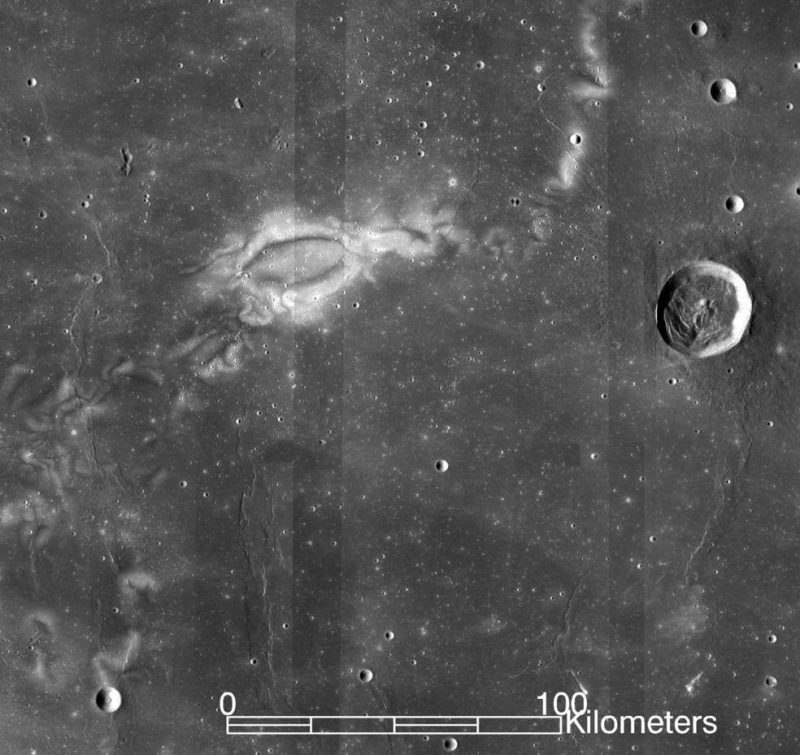Help EarthSky keep going! Please donate what you can to our once-yearly crowd-funding campaign.
Research using data from NASA’s ARTEMIS mission suggests that some of the coloration we see on the moon could be a form of sunburn.
Here on Earth, we’re largely protected from the damaging effects of the solar wind – the stream of charged particles released from the sun’s upper atmosphere. That’s because the solar wind is magnetized, and Earth’s natural magnetic field deflects the solar wind particles around our planet so that only a small fraction of them reach our planet’s atmosphere.
But the moon has no global magnetic field. Magnetized rocks near the lunar surface, however, do create small, localized spots of magnetic field – small bubbles of magnetic “sunscreen” – that extend anywhere from hundreds of yards to hundreds of miles.
Under these miniature magnetic umbrellas, the material that makes up the moon’s surface, called regolith, is shielded from the sun’s particles. As those particles flow toward the moon, they are deflected to the areas just around the magnetic bubbles, where chemical reactions with the regolith darken the surface. This creates the distinctive patterns of darker and lighter swirls that are so prominent they can be seen from Earth.

Bottom line: Video on how the moon got its distinctive pattern of lighter and darker swirls.











